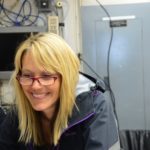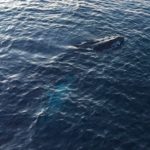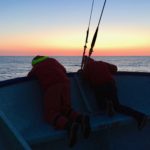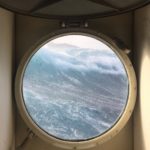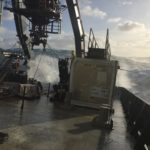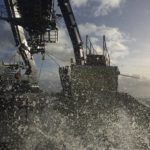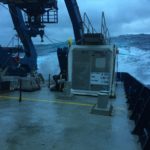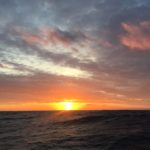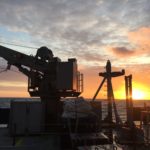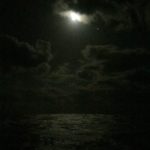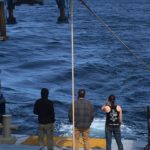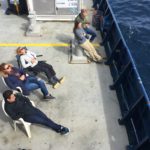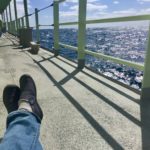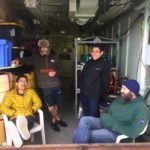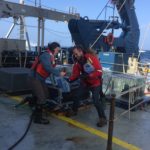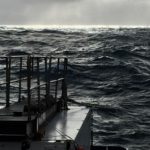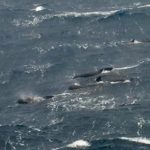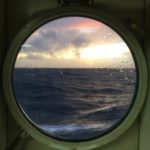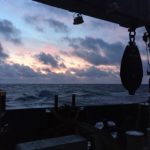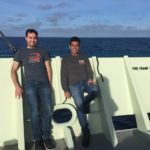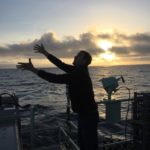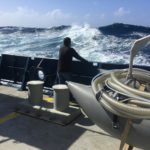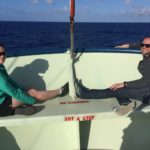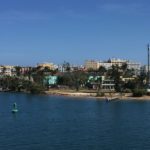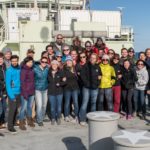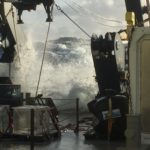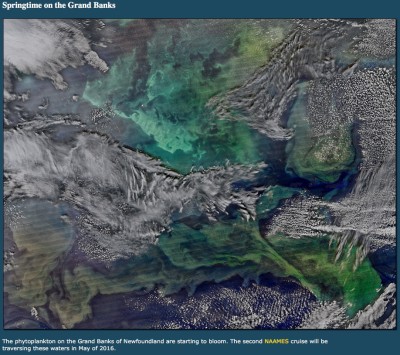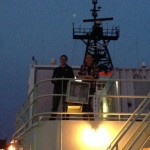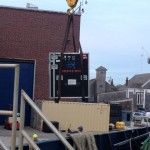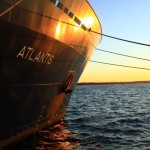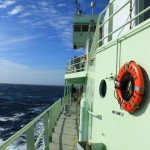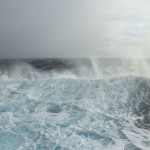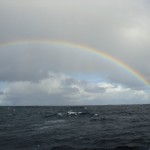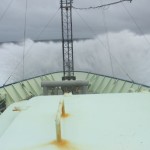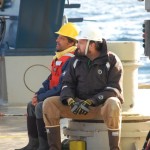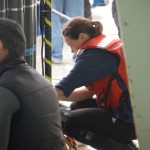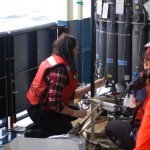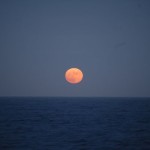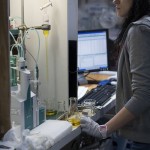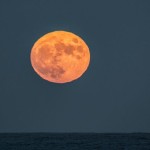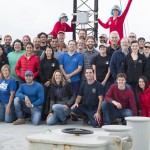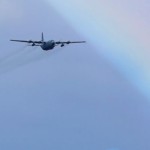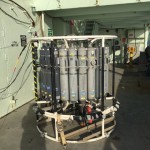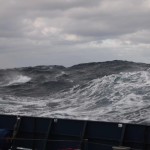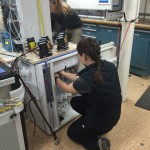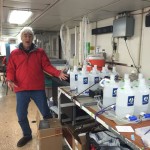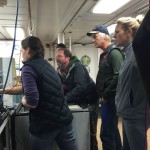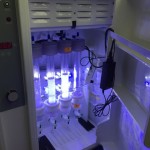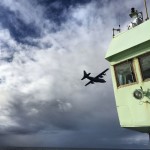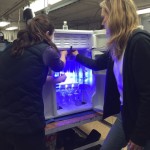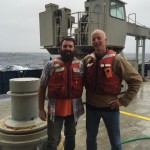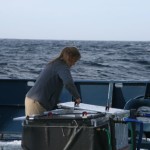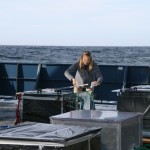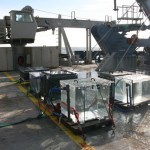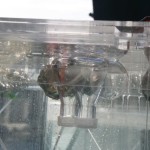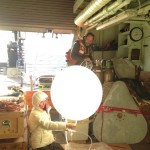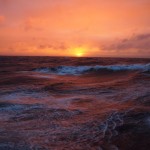We completed the last of the four cruises in the North Atlantic Ocean. This time, March…whew – action packed, and enormously successful. This time four members of the Halsey lab were aboard (Cleo – who was aboard all four cruises, Bryce, Eric, and myself). The R/V Atlantis sailed out of Puerto Rico, north east to our study site and then back to Woods Hole, MA after almost one month at sea.
Category: cruises
Cleo and Bryce were hard at work for the month of September out in the North Atlantic. Cleo continues collecting data on volatile organic compounds that are cycled among members of the marine microbial community. If cycling becomes uncoupled, these VOCs can be released into the atmosphere with wide ranging climate effects. Bryce was responsible for measuring net primary production, so he spent a lot of time in the rad van (where he can use radiolabeled isotopes). Once in awhile he was free to enjoy the vast sea. The last of the four cruises is coming up quickly in March, 2018…

In just one week Cleo and Kelsey will be boarding the R/V Atlantis for a month in the North Atlantic, coinciding with the spring phytoplankton bloom. Cleo will be operating the PTR-MS again, measuring rates of volatile organic carbon production. This will be Kelsey’s first research cruise. She will be providing technical support to several other research groups ~ an excellent opportunity for her to interact with other research scientists, particularly those interested in the dynamics of higher trophic levels, because those grazers are of special interest to her. NASA has a new video showing the view from the aircraft side of NAAMES.
The first NAAMES (the North Atlantic Aerosols and Marine Ecosystems Study) cruise was an amazing adventure! We spent the month of November collecting data along side 30 other scientists that are part of this large interdisciplinary effort to understand annual phytoplankton bloom events and their impacts on climate. Our roles on this project are (1) measure depth-resolved primary production, and (2) measure volatile organic carbon cycling by plankton. The photos here were taken by many of our talented colleagues (thank you all)!
